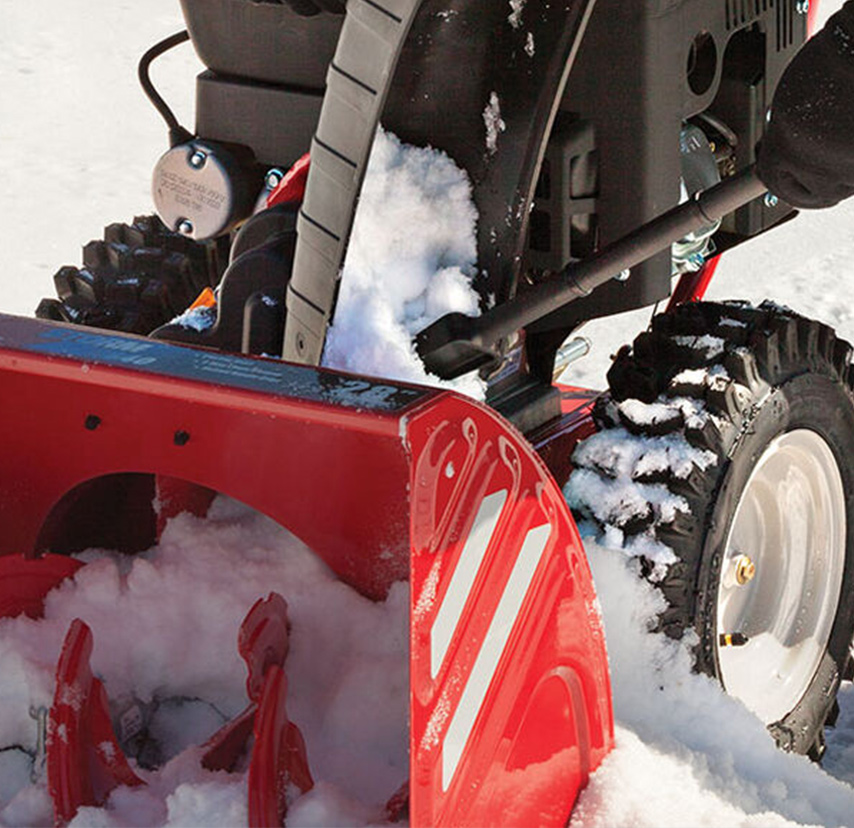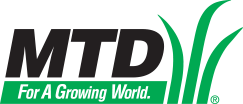Before starting the engine for the first time each season, operators should note general safety and maintenance tips for snow blowers and thoroughly review the operator’s manual. Snow removal from driveways and sidewalks can be quick and efficient when the operator knows how to approach it safely and with consideration. Here are a few easy steps to keep snow blowing efficient and safe.

1. Review safe operating practices before each snow season.
As with any type of power equipment, carelessness or error on the part of the operator can result in serious injury. The operator’s manual includes an Important Safe Operation Practices section which contains information regarding training, preparation and operation of the snow blower. This section of the manual also provides important safe practice information as it relates to maintenance, storage, and safe handling of gasoline, along with an explanation of the on-product safety symbols. These safe operation practices should be reviewed and followed throughout each snow season.
2. Know which way the wind is blowing.
Always blow snow with the wind, never against it. Implementing this practice will ensure safe visibility of what is in front of the operator and can prevent needing to do the same areas over again. Wind directions can change so be sure to adjust the approach accordingly.
3. Plan in advance where the snow is to be accumulated.
High accumulations can present safety issues, so plan accordingly to avoid any problems.
- Take into account the need to see street traffic and avoid mounding snow at the end of any driveway or walkway. Consider blowing snow to other parts of the yard to prevent any sight obstructions.
- Be careful not to mound snow against or near a house or building. This could lead to foundation flooding problems when the spring season arrives.
- Take into consideration the weight of the snow as it begins to accumulate, avoid blowing large amounts of snow on structures or shrubs.
- Do not to blow snow directly at buildings or vehicles. Snow blowers can pick up and throw foreign objects, such as rocks, causing property damage.
- Always keep children in mind as snow accumulates. Large mounds of snow near the street or sidewalk are potentially dangerous, especially to small children. Small children can become trapped or fall into, or fall from, large mounds of snow toward oncoming traffic and other potential dangers. Large mounds of snow can also obstruct a person’s view of children walking on sidewalks or across driveways.

4. Decide on a pattern to clear snow.
The best pattern should be determined by wind speed, direction, and the moisture content of the snow. Keep in mind that the goal is to blow the snow only once to the desired location.
- Avoid blowing snow onto an area that also needs to be cleared, especially if the moisture content is high.
- Adjust the chute direction and chute angle often to ensure the snow is directed toward the desired location with every pass.
